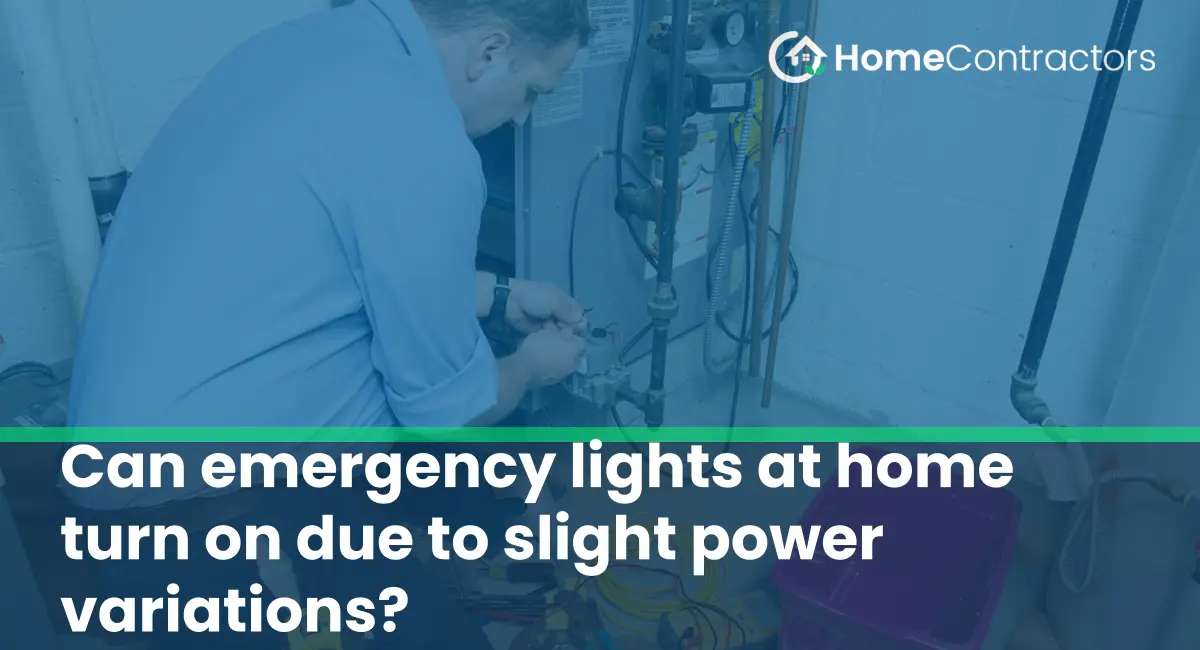Emergency lights play a crucial role in providing illumination during power outages or emergencies. They are designed to automatically switch on when the main power supply fails, ensuring safety and convenience. However, users often wonder if these lights can turn on due to slight power variations. In this article, we will explore the functioning of emergency lights and whether they can be triggered by minor power fluctuations.
Understanding Emergency Lights:
Emergency lights are typically equipped with a backup power source, such as batteries or generators, that activates when the main power supply cuts off unexpectedly. These lights serve as an essential safety feature, especially during fires, natural disasters, or other emergencies. Apart from ensuring visibility in dark areas, they also help people locate exits and evacuate to safety.
Power Variation and Emergency Lights:
In most cases, emergency lights are not affected by slight power fluctuations. These fluctuations typically refer to minor variations in voltage or frequency that occur due to fluctuations in the power grid or household electrical systems. Emergency lights are designed to activate only when there is a complete loss of power, rather than responding to these small changes.
How Emergency Lights Detect Power Failure:
Emergency lights employ various mechanisms to detect power failure. The most common method is through a relay, which is a device that opens or closes circuits based on input conditions. When the main power supply fails, the relay senses the absence of electricity and triggers the emergency light’s backup power source. Slight power variations do not typically cause enough disruption for the relay to activate.
The Importance of Consistent Power Supply:
While emergency lights may not respond to slight power variations, it is still important to maintain a consistent power supply for their proper functioning. Unstable power can damage the overall electrical system, affecting the performance and longevity of emergency lights, as well as other appliances. Voltage stabilizers and surge protectors can help mitigate power irregularities, ensuring that the system remains robust and unaffected by small variations.
False Alarms and Troubleshooting:
Occasionally, emergency lights may appear to turn on during slight power variations. However, this is usually due to other factors rather than the fluctuations themselves. Examples include loose connections, faulty wiring, or improper grounding, which can cause the backup power source to activate unnecessarily. If you notice your emergency lights turning on or flickering frequently during minimal power fluctuations, it is advisable to get your electrical system inspected by a professional electrician. They can identify any underlying issues and provide appropriate solutions.
Emergency lights are designed to respond to complete power outages rather than minor power variations. These lights employ various detection mechanisms, such as relays, to activate their backup power sources. Although slight power fluctuations do not typically trigger emergency lights, it is crucial to maintain a consistent and stable power supply to ensure the smooth operation of these important safety features. If you experience false alarms or frequent activation of emergency lights during minor variations, it is wise to seek professional help to identify and address any underlying electrical issues.
